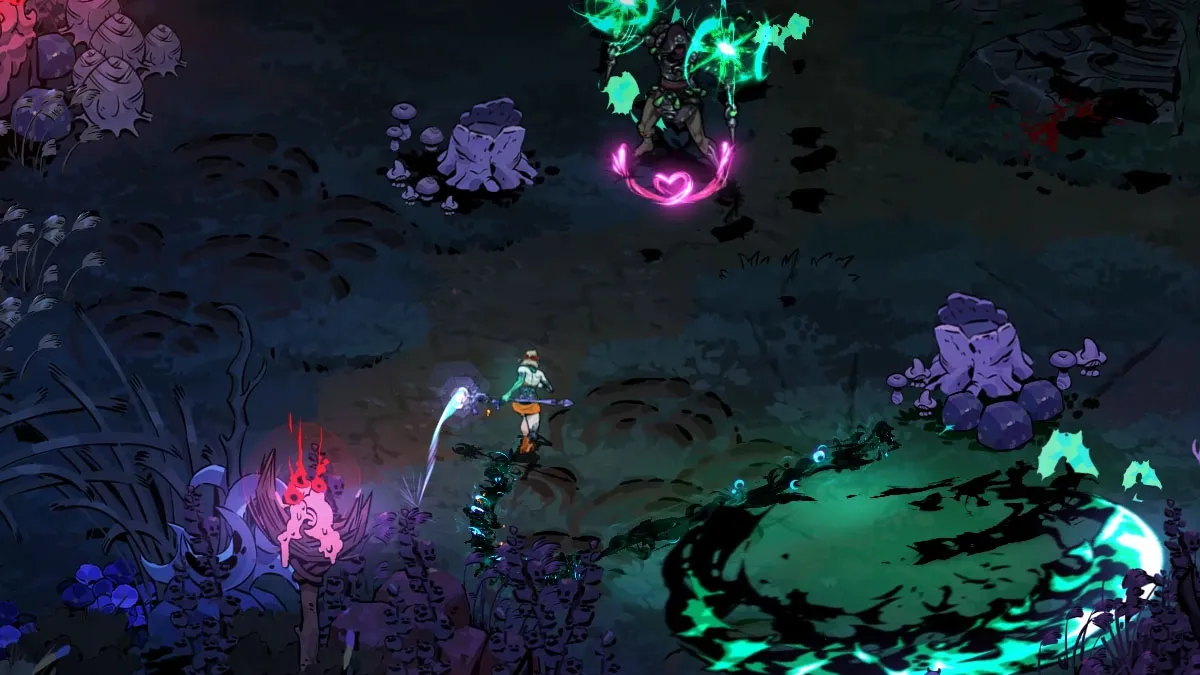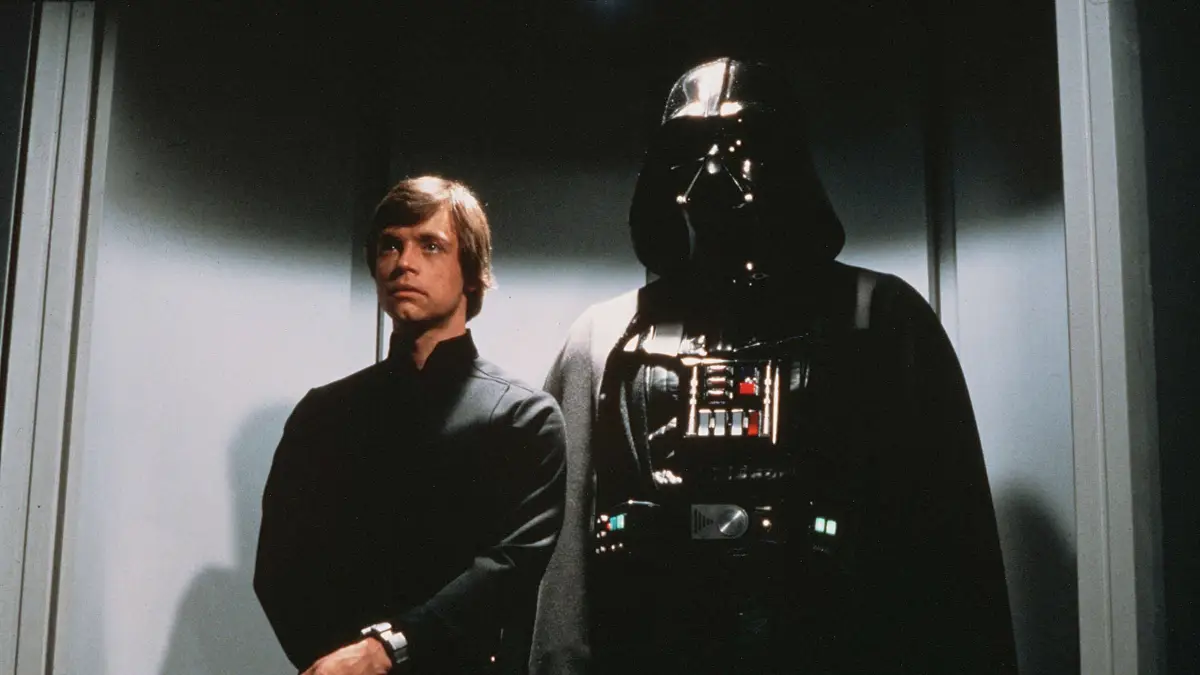The least controversial article I ever wrote – that anyone noticed, anyway – was “Lifegame 2020” in The Escapist issue 5.
That piece, a blog entry from the future, imagines megacorporate online “shopgames” – Wal-Mart World, TargetView, DisneyLife – that combine aspects of MMOGs with real-world consumer loyalty programs. You could buy 10 lattes at Starbucks to gain extra experience points for your character, or complete quests in the game to earn discounts at brick-and-mortar stores across the corporation’s sprawling empire. All your real-life credit-card purchases would earn advancement in your chosen shopgame. Quoting: “By setting up virtual game kingdoms to match their real-world equivalents, and tying together performance in both, the conglomerates secured total customer loyalty. They built the new millennium’s version of the old-fashioned company town – an online simulation, widely distributed across meatspace but densely linked in virtual reality.”
Did readers scoff at this consumerist fancy? Hah! It was like boldly asserting that tomorrow the sun will rise in the east. Many readers expressed distaste or despair or outright horror at the shopgame idea, but not one of them, not a single one, doubted such games will become a reality. On the spot, everyone who heard the notion flatly believed it.
None of them liked it, but they all believed.
It turns out they were right – and these shopgames will arrive a lot sooner than the year 2020. But for those who don’t welcome our new megacorporate online overlords, there is hope.
Avatar-Targeted Marketing
A hundred million Americans, many in highly desired demographics, play videogames. Media group IGA Partners offers “Gaming 101” seminars for ad agencies eager to infest the new medium. Many firms, like Massive (acquired by Microsoft in May for between $200 and $400 million) and Double Fusion, are building infrastructure for in-game ad delivery. Early customers will probably include tobacco companies, which target young people but are prohibited from advertising on TV.
Will these efforts evolve into shopgames? Not likely. Though it’s a busy time for in-game product placement, actual revenue is ramping slowly. According to GameDaily Biz, “research firm Parks Associates forecasts that PC in-game advertising will top $400 million by 2009.” There’s slightly more money in advergaming – those wretched little branded Flash/Shockwave games knocked out in five days as movie tie-ins or promos, as well as branded pseudo-MMOGs like Coke Studios and Disney’s Virtual Magic Kingdom. Advergaming revenue is expected to grow from $200 million in 2004 to $1 billion in 2008.
Four hundred million? A billion? A pittance. In 2005, internet advertising as a whole grossed $12.5 billion; broadcast TV ad revenue was three times more. Game ads, as we have conventionally understood them, won’t bring comparable returns for years, and aren’t likely to propel the evolution of shopgames.
A likelier path: In-game shopping. Everyone knows you could, in early 2005, type “/pizza” to order a real-world Pizza Hut delivery from inside the EverQuest II client. (Now, the command sends you to a Collector’s Edition order page.) Inevitably, that idea will spread to other games and other merchandise. In July 2005, science fiction writer Cory Doctorow held an in-game book signing in Second Life; wouldn’t it have been nice if you could have clicked on him to order the book from Amazon?
Advertisers are slowly growing aware of MMOGs. Paul Hemp’s June 2006 Harvard Business Review article, “Avatar-Based Marketing,” is, by HBR standards, vague and anecdotal. But Hemp proposes a novel angle: Advertising in 3-D MMOGs that targets, not players as such, but their avatars. “Advertising has always targeted a powerful consumer alter ego: that hip, attractive, incredibly popular person just waiting to emerge (with the help of the advertised product) from an all-too-normal self. … [I]n the mall of a virtual world, an avatar could try on – and try out in front of virtual friends – real-world clothing brands or styles her creator typically couldn’t afford or wouldn’t dare to wear. If she got rave reviews from her pals and became (along with her creator) comfortable with the idea of wearing a particular outfit, a purchase in the real world might follow.”
This idea, like so much about online societies, remains untested. But immersive 3-D environments, such as Second Life or the Croquet Project, may not be the best shopgame platform for the mass audience of the future. An equally promising venue is already here, and it already has over 70 million users.
MySpace as MMOG
Some commentators call social networking sites (SNS) – MySpace, Facebook, et al – a fad. Nope! The SNS phenomenon is more pervasive and long-lasting than World of Warcraft.
Young people who have no interest in MMOGs will nonetheless flow smoothly through a lifelong pipeline of successive online networks. They can start young with Neopets; at age 13 they join Habbo Hotel; and soon they move on to MySpace. In high school, they might enroll in one or another niche SNS like Sconex. In college, they join Facebook, and after graduation, they jobhunt through LinkedIn. Whether or not these particular sites will continue to thrive is irrelevant; if they die, replacements will rise. Online networking feels natural to this generation, like Grandpa’s Rolodex and Mom’s Franklin Day-Planner.
The current SNS field is a bubble, crowded with hundreds of me-too sites. To compete, these imitators seek new reasons for community. Their solutions will include games. “Social networking for the sake of social networking just doesn’t cut it,” says doctoral student Fred Stutzman on his blog, Unit Structures. “If we’re going to invest our time in a SNS site, make it worth our while. Make it a game, make it entertaining, make it useful – but don’t expect us to come if you think it’s enough to browse our friends’ profiles.”
These SNS hangouts already feel interestingly game-like. In the introduction to MySpace Safety: 51 Tips for Teens and Parents, authors Kevin M. and Dale G. Farnham write, “In one sense, MySpace is a massive online roleplaying game, probably the world’s biggest. Each member makes a page that represents how the person wants to appear to their friends and (if their profile isn’t set to ‘private’) to the rest of the world.”
In Asia, some SNS communities have already added game-like features. South Korea’s Cyworld, which gets 15-20 million visitors daily (out of 47 million South Koreans), has an economy of sorts, based around “wave riding.” You have a graphical “minihompy” (mini home page) room you can decorate as you like; get decorations either by buying them with the Cyworld currency, “acorns,” or by getting someone to add you to his “cybuddy” list so you can ride his wave (use his stuff). With your well-appointed minihompy, you attract visitors, give presents, and boost your ratings in Erotic, Famous, Friendly, Karma and Kind. There’s no explicit goal, but it works like a game – a game of status, as surely as rising in level in D&D, maxing out your Slashdot karma or getting a Harvard MBA.
Asian social networks are also extending feelers into the real world. According to research group Pacific Epoch, Habbo in China “will offer a service that will allow Chinese users to purchase items that will be both virtual and physical items … Through the service, users can purchase items such as flowers, clothes and movie tickets online in the virtual community and the physical items will be delivered to their homes the next day.”
Eventually, advertisers will take these social games in-house. And shopgames will be here.
Game Meets World
As SNS communities continue to seep into physical reality and evolve toward true shopgames, how will they work?
The tools and infrastructure coming into place soon will bring a new era of ubiquitous online gaming – games accessible any time, any place. You’ll play these games through your cell phone or PDA, the ever-present online connections where no laptop can reach. Your next-gen cell phone will have GPS, so the game will always know where you are. (Corporations can’t wait for this locational awareness. As you pass their storefronts, they’ll spam you with coupons.)
Many designers, from sociologists to web entrepreneurs to performance artists, have used precursors of locational awareness in cell phone games that network whole populations of players:
- “Big Urban Games,” such as ConQwest, which ran in five American cities in 2004. Sponsored by the telco Qwest, ConQwest was a territory-based treasure hunt in which contestants snapped phone cam photos of special semacodes to collect clues.
- Superstar Tokyo sent Ubicomp 2005 conference attendees around Tokyo to place photo stickers and snap photos of others’ stickers. They scored points for forming links in a spontaneous social network.
- Blast Theory‘s Uncle Roy All Around You: “Online players and street players collaborate to find Uncle Roy’s office before being invited to make a year-long commitment to a total stranger.”
- Pooptopia (mentioned in The Escapist Lounge) is an urban location-based game of pet waste removal. Designer Aram Saroyan Armstrong, who created the game as part of his thesis project: “Pooptopia LBS is much more than a super smart, fun and high-tech poop scooping service. It’s a lifestyle. … We encourage good citizenship and are helping people to reclaim their streets in a playful and positive way.” Among other projects, Armstrong has also envisioned a pedometer-based game, Piedimonsters, which would encourage obese children to exercise.
However likely (inevitable?) the “Lifegame 2020” article’s consumerist vision of Wal-Mart World and DisneyLife, art projects like the ones above inspire an alternative vision of networked social games: not shopgames, but lifegames – vehicles not for hype and coupons, but for flash-mob activism.
The third annual Game Design Challenge, held at the 2006 Computer Game Developers conference in San Jose, asked contestants to describe a game that could win the Nobel Peace Prize. Designer Harvey Smith won with “Peace Bomb,” a networked game that would spontaneously draw people together for various constructive projects, like tree planting, cleaning up, building homes or donating money. Smith speculated, “After pooling together and trading resources, players can win on a quarterly basis, or every six months or whatever and [the] flash mob erupts around a socially constructive movement.”
Why not a lifegame based on the Peace Bomb? It wouldn’t require deep corporate pockets. You could fund it with pledges collected through fundraising sites like Fundable.org or even Second Life. This activist design might take inspiration from “distributed labor” projects like the ESP Game, Mycroft, and Amazon’s Mechanical Turk, or from the cancelled Game Neverending that spawned photo-sharing site Flickr.
The inspirations are many. The goal is worthy. The motivation, at least for those who didn’t like hearing about Wal-Mart World, is clear.
It’s worth a try. Allen Varney designed the PARANOIA paper-and-dice roleplaying game (2004 edition) and has contributed to computer games from Sony Online, Origin, Interplay, and Looking Glass.



Published: Jul 11, 2006 12:03 pm